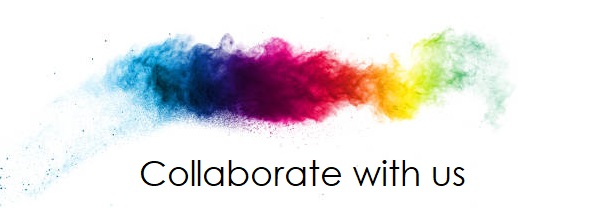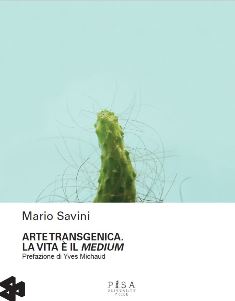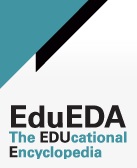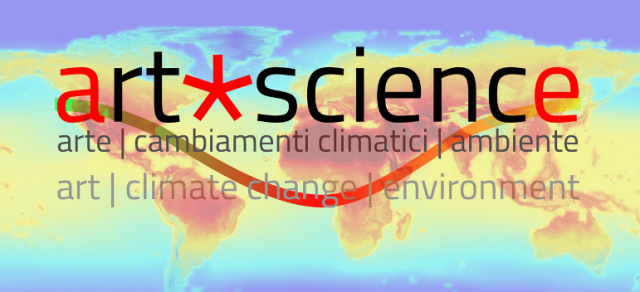
In her series, Indecisive Green, artist Barbara Balfour focuses on fiction. Responding to David Foster Wallace’s 1996 novel, Infinite Jest, Balfour brings the imagined to life, interpreting and recreating the colours she encountered while reading. DFW’s descriptions of colour are intriguing. We might readily picture “that pushy shade of Canadian red”, but what do you visualize upon reading “the slightly sad color of early winter P.M.”? Creating “visual translations rather than strict illustrations”, Balfour revels in being overcome and inspired by DFW’s words, and the (fictional) world they reflect. Balfour has not made prints here. Instead, she employs the direct application of ink to paper. Each piece in Indecisive Green is comprised of a series of “drawdowns”, the colour tests typically used by lithographers as they prepare to print. By presenting viewers with works that are not prints, Balfour implies that perfect communication is impossible – she, like DFW, cannot elicit a uniform response from all viewers. In considering the “perceptual subjectivity of colour” Balfour demonstrates that an individual perspective determined DFW’s word choice. And through her colour cataloguing, Balfour encourages us to savour our own interpretations, reveling in the ultimate diversity of images and ideas. Both Infinite Jest and the process of printmaking come with reputations for being too much: they are time consuming, technical, unpredictable – needy. By deconstructing DFW’s text through a personal lens, Barbara Balfour’s Indecisive Green (and her related publication The Inkiest Black) let us in on a secret: Infinite Jest is for us. Printmaking is for us. By isolating and exploring what resonates with her, Balfour demonstrates the potential for extracting personal meaning from any experience. Engagement, exploration, and meaning-making are universal. And whether it’s addiction, withdrawal, recovery, death, relationships, entertainment, linguistics, science, Quebec separatism, tennis, the metaphysical, fiction, printmaking, colour, or the smell of yeast – the inevitable multiplicity of our experiences is what ultimately allows us to relate to one another.
For Jennifer Willet, artworks are created via scientific techniques and processes. Windsor Yeast is a BioArt project, where, armed with a camera and a yeast collection kit (including Potato Dextrose Agar in petri dishes, cotton swabs, and sterile water) Willet collects both photographs and microbial samples. The samples, grown in Willet’s lab at the University of Windsor, are then backed with photographs of the areas where they were collected. Here, it is not colour but scent that draws Willet’s attention. Of our senses, scent is tied most directly to long-term memory, and in Willet’s Walkerville neighbourhood it is the yeasty smell of Hiram Walker & Sons distillery that fills the air. For Willet this smell conjures up memories of fermenting wine and beer with her father, in the basement of her childhood home. And perhaps more surprisingly, it reminds Willet that “we are all being permeated with the molecules of a robust industrial biotechnological by-product”. Willet’s Windsor Yeast allows viewers to trace a narrative link between human-scale processes (such as basement brewing) and post-industrial ones. In response to each of her encounters, Willet presents us with a kind of monoprint, with experience serving as the matrix. By marrying the scientific process with her personal history, Willet measures and catalogues points of emotional connection. And by making the invisible visible, she prompts us to consider where exactly we end (and where our world begins), what is natural (or unnatural), and what is sustainable. Through BioArt and printmaking, Willet merges the personal and the socio-political, and reveals some of the building blocks of our world – molecules, cells, and yeasts, but also words, thoughts, feelings, and experiences. Printmaking, Infinite Jest, and the scientific process are known to be time consuming, technical, and unpredictable. By taking the time to explore, and to share their personal findings, Balfour and Willet remind us that the most invaluable experiences often stem from the most complex aspects of our lives.
Iris Karuna
Hamilton (Ontario)
Centre[3]
Indecisive Green & Windsor Yeast
Barbara Balfour, Jennifer Willet
August 26 - October 8, 2016
Related articles:
Transgenic art. Leda Melanitis butterfly. Mario Savini's interview with Yiannis Melanitis
Project Genesis. Synthetic Biology – Life from the Lab. Linz, Ars Electronica Center
Stavanger. Sølvberget Galleri. Article Biennial 2016 - Det nye Eden






